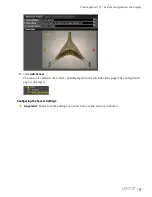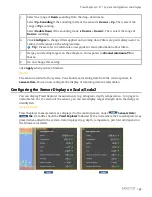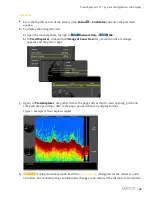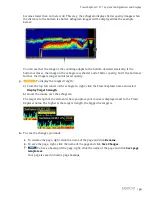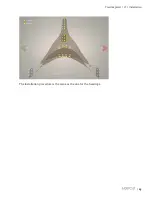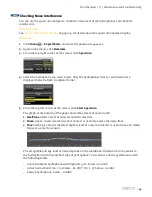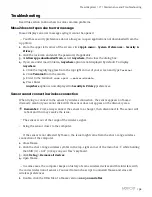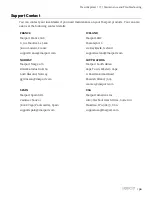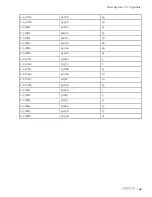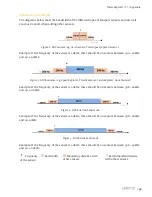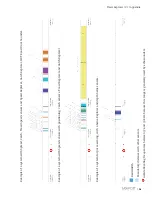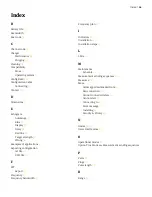
Trawl Explorer | V7 | Maintenance and Troubleshooting
13.
Right-click the spectrum analyzer and click
Hide FFT
to hide the FFT plot.
14.
Right-click the IP address of the receiver in the status bar and click
Stop Spectrum
.
Charging the Sensor
Charge the sensor at any battery level with either
Marport Basic Sensor Charger
or
Marport
Medusa II Multi-charger
.
About this task
The sensor uses lithium-ion batteries. Charge them only with Marport's chargers.
Warning:
In case of water ingress in the product, do not charge it: battery may vent or
rupture, causing product or physical damage.
Important:
Do not leave the sensors connected on a charger that is switched off. If the
charger is not connected to the mains voltage, the sensor switches on and this will drain the
battery.
Note:
Avoid full discharges and charge the battery whenever possible, at any battery level.
Lithium-ion batteries do not have a charge memory, so they do not need full discharge
cycles.
Procedure
1.
Before charging the sensor: wash with fresh water and dry the sensor. This prevent corrosion of
the charging pins.
2.
Place the sensor and charger in a dry room like the deck or bridge. The optimal temperature
while charging is between 10 and 25 °C.
3.
Place the sensor away from any installing material (e.g. wet ropes) and fix the sensor with
brackets to keep it stable while charging.
4.
Allow good air circulation around the charger for cooling.
5.
Connect the 3-pin charging connector to the sensor shoulder bolts.
Tip:
You can apply a small film of electrical contact grease lubricant on pins.
To maintain the electrical pins, polish them with fine sandpaper.
Important:
Check that the shoulder bolts are not damaged. If they are, contact your local
Marport dealer for replacement. Below is an example of shoulder bolts damaged because
of insufficient maintenance.
49
Summary of Contents for NBTE V1
Page 1: ...Trawl Explorer User Guide...
Page 2: ......

